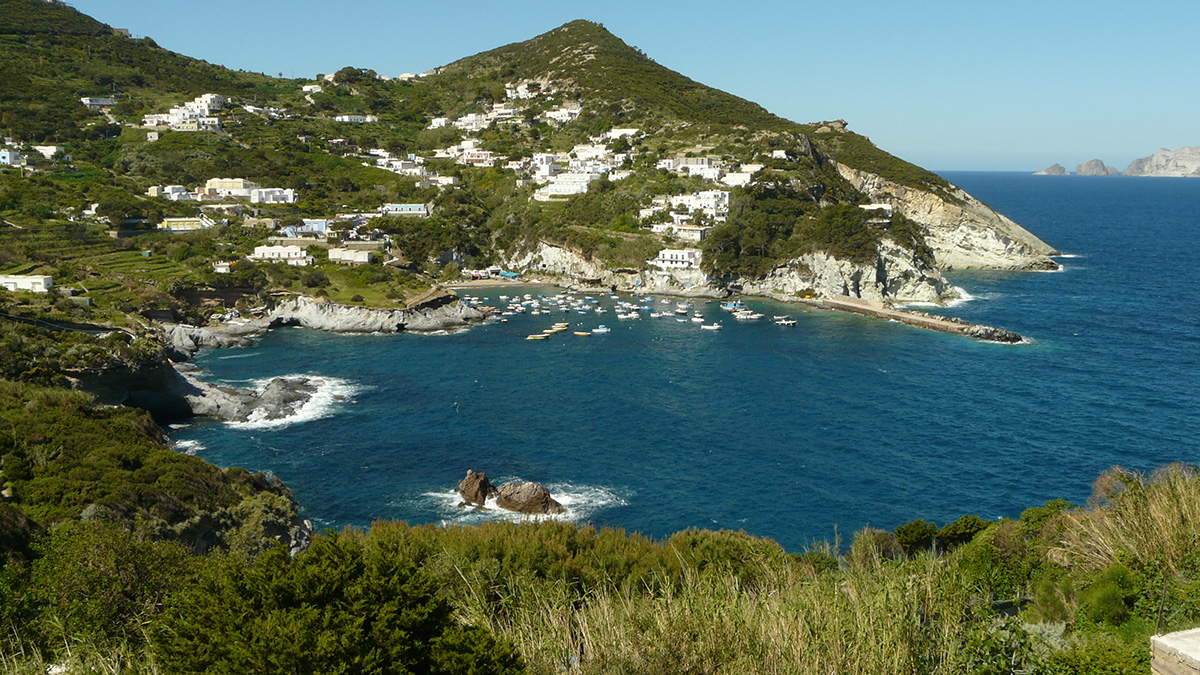Small coastal islands are known to birdwatchers because they attract large numbers of migrants at the appropriate time of the year. Many of these islands are especially fruitful during bad weather conditions, because they act as safe havens for birds that have to interrupt their flight. In Italy, a handful of islands in the Tyrrhenian Sea are also attracting thousands of migrants during spring migration, but their peculiarity is that they do so even when there is no weather emergency. We analyzed ringing data from our station on Ponza to investigate what might be the reason to stop there for so many birds. On Ponza, we can reach tips of 1500-2000 individual birds caught in one single day! By looking at the body mass data at first capture and at recapture data we hoped to determine whether birds stopping on Ponza might do so to refuel their depleted energies after the crossing of the Mediterranean Sea. We analyzed 12 different species and we consistently found very low recapture rates (below 2% of the birds were ever recaptured), indicating that most birds stay on Ponza just for a very short time. Of the birds that were recaptured, we noticed that these were mostly carrying less fat than the average for their species. This means that a stop on Ponza was forced when birds had too low energy stores for continuing their flight. However, only in two species (Subalpine Warblers and Common Chiffchaffs) birds were actually able to increase their fat stores during the stay on Ponza. In all other species, birds staying on Ponza did not manage to add body mass. In conclusion, it appears that generally stopping on these islands for refuelling is not convenient, so the question remains open: why do so many birds stop on these islands at all, considering that the mainland is just an extra hour or two away? We believe that birds need a short stop, possibly just for a nap, after the long sea crossing, and islands are a safest place for that than the mainland, especially when they lack predators. Read our article here!
fusanilab
Behaviour, Physiology & Ornithology
Stopover strategies of 12 passerines on Ponza
